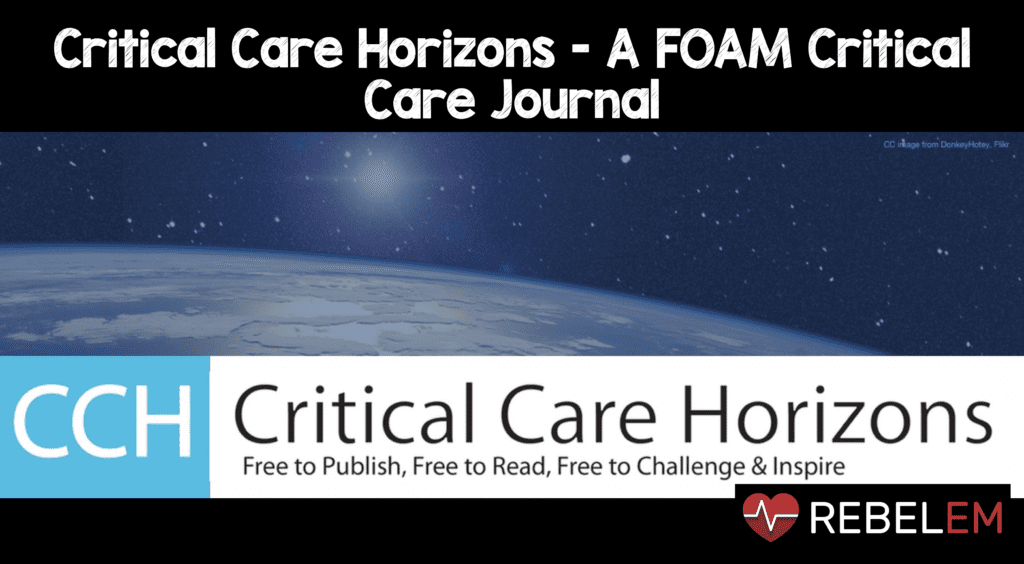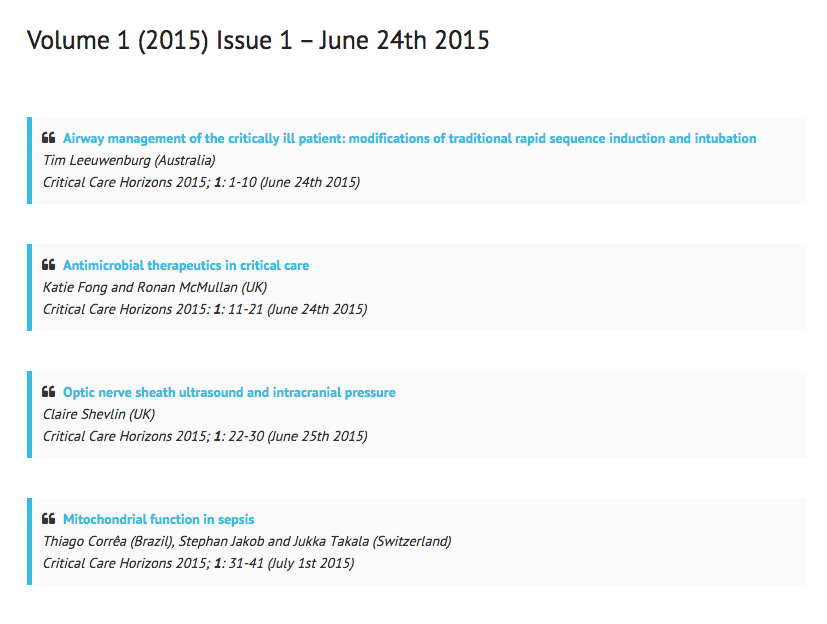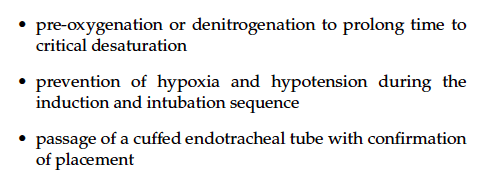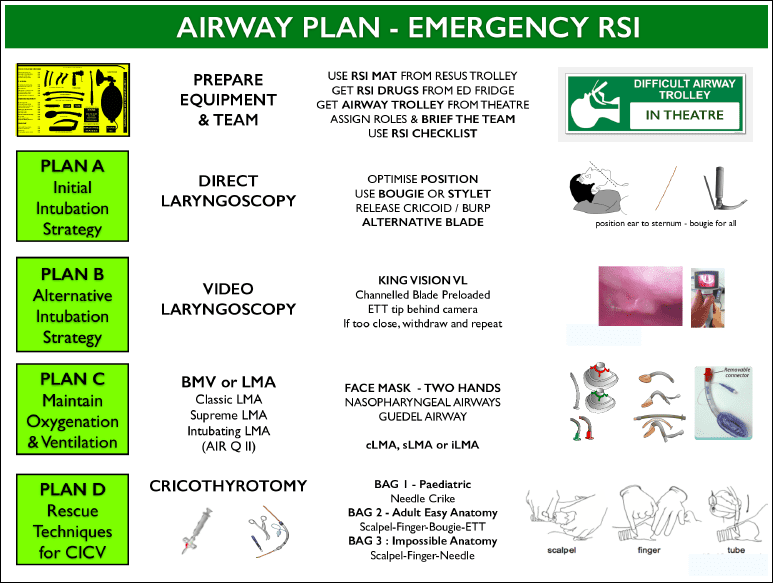
 As the world of Free Open Access Medical Education has expanded over the last 5 years, one area that has been a laggard is the traditional journal. Although some journals release a limited number of articles in an open access format (NEJM, Annals of EM, Academic EM, EM Australasia, etc.) we haven’t seen a true open-access journal that is free to publish and free to read. This changed on June 24th, 2015 when the first issue of Critical Care Horizons was released.
As the world of Free Open Access Medical Education has expanded over the last 5 years, one area that has been a laggard is the traditional journal. Although some journals release a limited number of articles in an open access format (NEJM, Annals of EM, Academic EM, EM Australasia, etc.) we haven’t seen a true open-access journal that is free to publish and free to read. This changed on June 24th, 2015 when the first issue of Critical Care Horizons was released.
Critical Care Horizons is the brain child of Rob Mac Sweeney (@CritCareReviews) who also produces the wonderful Critical Care Reviews site, which has a weekly list of all the traditional critical care publications each week. This open-access journal features review articles on various critical care topics, not original research. The first issue of Critical Care Horizons featured four original articles:
 All of these reviews are expertly written and researched (as well as peer-reviewed if that sort of thing is important to you) and do an excellent job of communicating the information in a way that is easily digested by the audience. The REBEL editorial staff was particularly taken with Tim Leeuwenburg’s (@KangarooBeach) article:
All of these reviews are expertly written and researched (as well as peer-reviewed if that sort of thing is important to you) and do an excellent job of communicating the information in a way that is easily digested by the audience. The REBEL editorial staff was particularly taken with Tim Leeuwenburg’s (@KangarooBeach) article:
Leeuwenburg T. Airway management of the critically ill patient: modifications of traditional rapid sequence induction and intubation. Crit Care Horizons 2015; 1: 1-10. Link
Unlike some presentations that Tim has given, there are no viewership warnings for illicit content in the article. What Tim does is an excellent job in discussing many of the nuances inherent in emergent airway management. The most important content of the review comes in the abstract:
“The technique of rapid sequence intubation (RSI) was described in 1970 and there are many accepted variations in modern day practice . . . Experts may differ in opinions, and expertise in one arena may not translate to another. Such a discussion is necessary, as expert opinion referring to a ‘standard’ RSI may be inappropriate for the critically ill patient.”
These two lines highlight the immense practice variation of this critical procedure and that variation isn’t a detriment but rather, should be recognized as a boon to the practice. All RSI shares three key elements:

but Tim calls on practitioners to refine the classic RSI techniques described by William Stept and Peter Safar in their classic paper by thinking about human factors, focus on planning including incorporation of a call and response checklist and the explicit creation of an airway plan.

The review does an excellent job of incorporating both the literature and popular management techniques (i.e. The Vortex cognitive aid).
Kudos to Tim for the excellent review and Rob and his team for turning out a high-yield, open-access critical care journal. How often do you get critical care reviews that are free of bias and free to read? There is no reason why you should not add this journal to your list of must read journals. We hope that this endeavor will be just the first in a wave of similar productions. We strongly encourage you to go over to the Critical Care Horizon site and check out all of the articles. Follow the journal on twitter (@CCHJournal) and support Rob’s incredible efforts.
Post Peer Reviewed By: Salim Rezaie (Twitter: @srrezaie)
The post Critical Care Horizons – A FOAM Critical Care Journal appeared first on REBEL EM - Emergency Medicine Blog.
